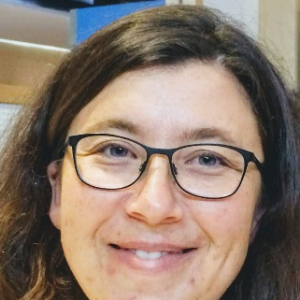Title : Multi-detection of pharmaceutical contaminants in food and environment matrices
Abstract:
All stakeholders involved in food production are becoming increasingly concerned about how animal production affects the health of people, animals, and the environment in a "One Health" approach. The ongoing use of pharmaceuticals in animals used for food production is one of the causes contributing to this unfavorable condition since it might result in the accumulation of harmful residues in both the environment and food products. Pharmaceuticals, for both humans and animals, are continuously released into the environment through wastewater treatment facilities, runoff from extensive livestock production, and the unrestricted use of manure, which can lead to the presence of these contaminants in ecosystems. Due to the harmful consequences, they may have on the health of people, animals, and the environment, these emerging pollutants are a reason for concern worldwide. One of the effects of antibiotic misuse is the emergence and spread of bacterial strains that are resistant to antibiotics. The best matrices for assessing anthropogenic contamination should include environmental matrices including water, algae, and sediments since they can act as significant bioindicators of contaminants. Multi-detection and multi-class methods based on ultra-high performance liquid chromatography coupled with a high-resolution mass spectrometry detector, and time-of-flight, have been developed and validated to detect the presence of pharmaceutical compounds in food (milk, muscle, fish), water, algae, and sediments. The developed methods were validated to evaluate the detection capability of the methods and the precision, recovery, linearity, selectivity and specificity were also evaluated to demonstrate their applicability of the methods. These multi-detection analytical approaches have the possibility of keeping a digital print, meaning that it allows the results to be re-evaluated in the future to search for untargeted compounds at the moment.
Audience Take Away Notes:
- Understand the problem of contamination with pharmaceutical compounds and how they can occur.
- The possibility of knowledge improvement concerning drugs is mostly found and persistent in the environment.
- Understand the relevance of analytical information to be used in the definition of levels that might pose risk for human, animal and environmental health.
- Provide knowledge about the analytical strategies that can be used to map the contaminations to report what are the persistent pharmaceutical contaminants nowadays.
- Optimize methods to analyze manure used in agriculture.


